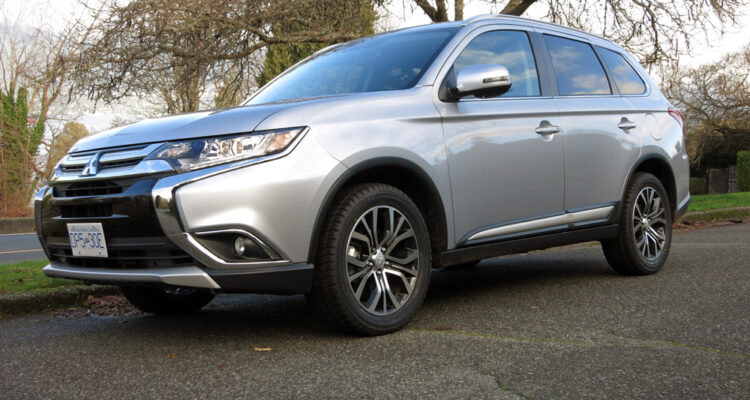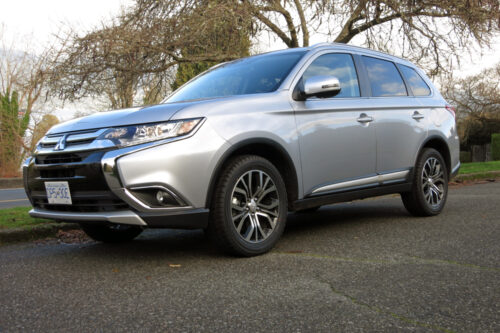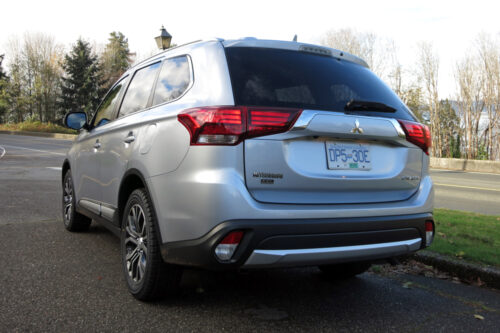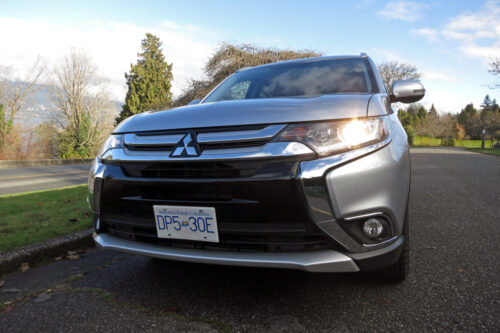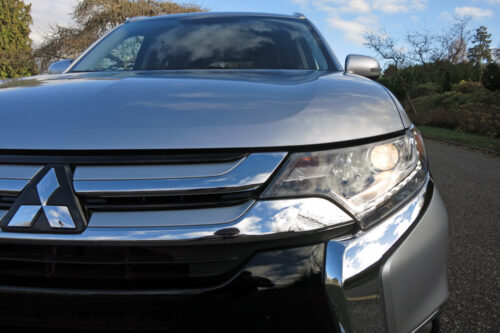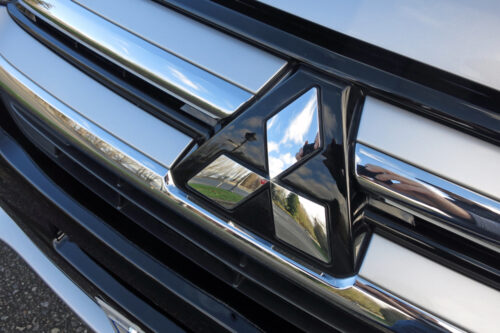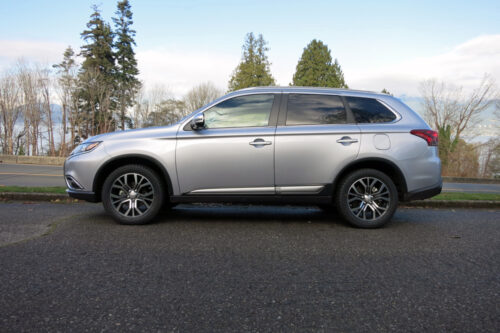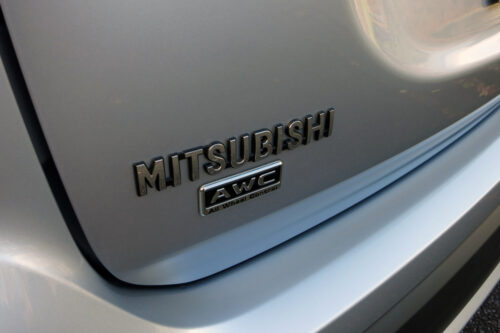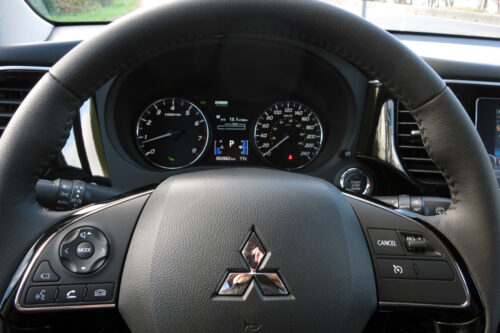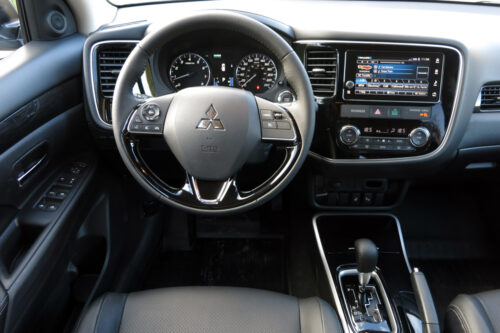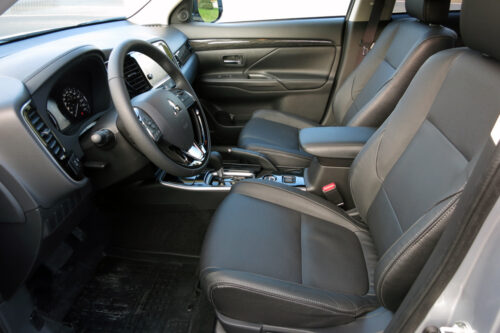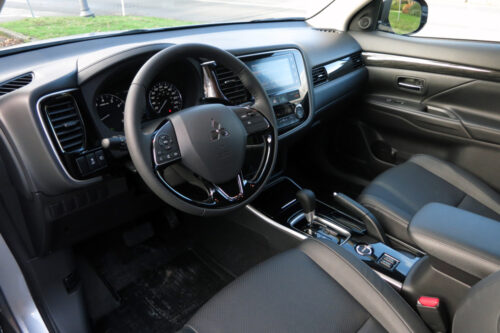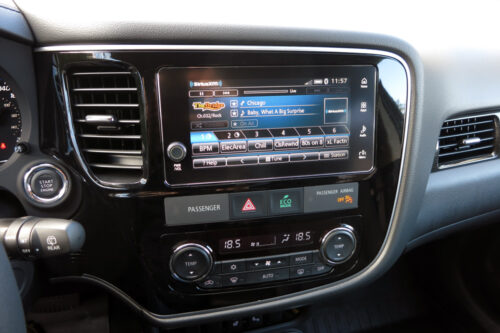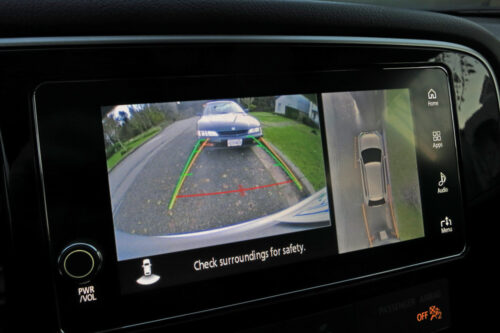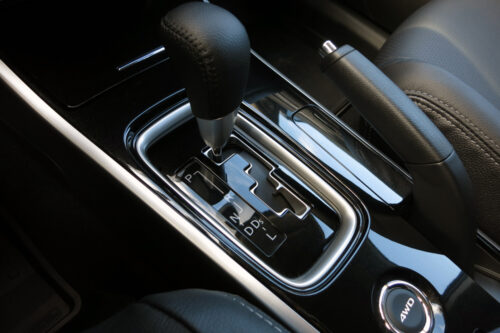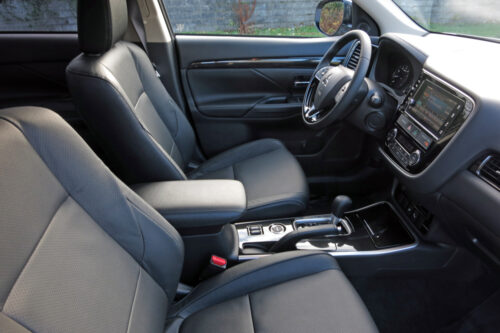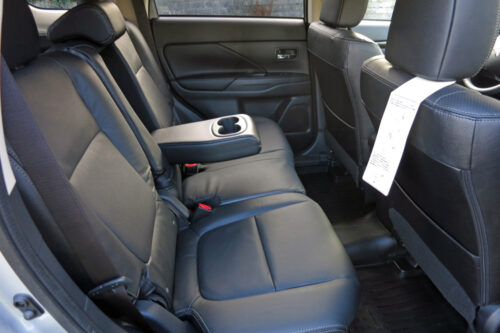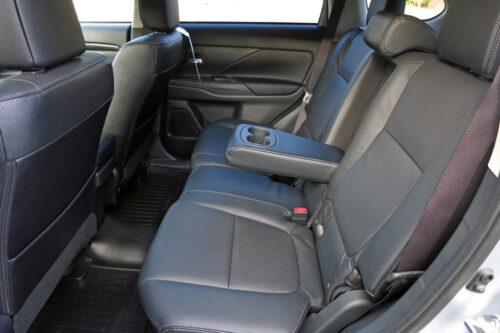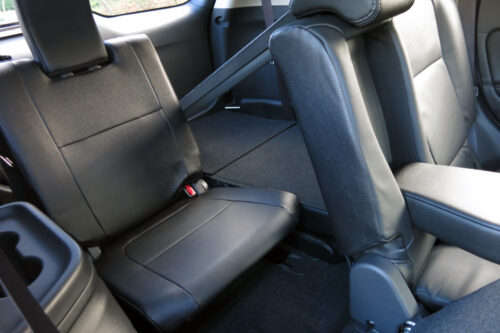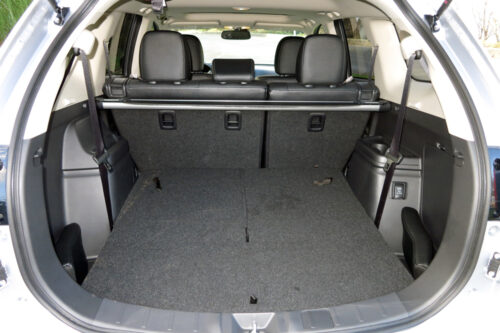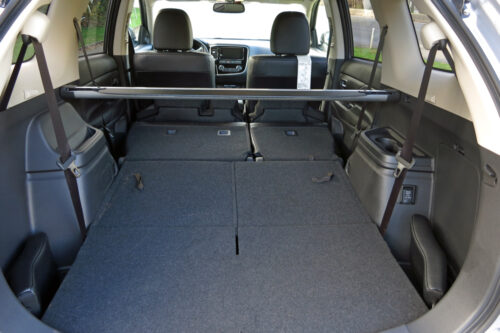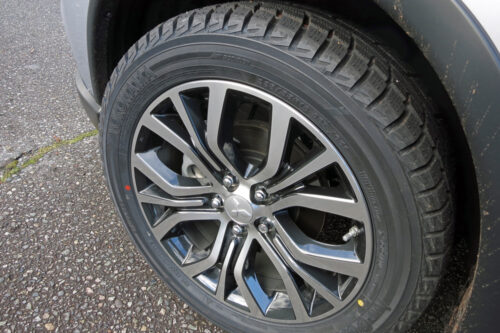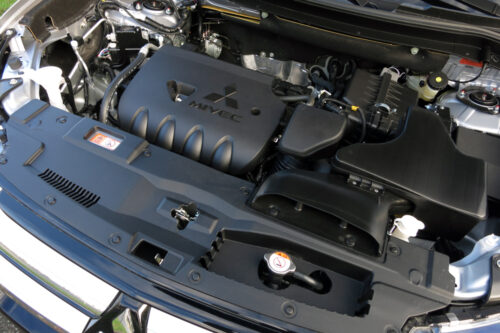It’s probably fair to say that Mitsubishi’s Outlander isn’t the first, or even third of fourth, nameplate to roll off your tongue when considering new wheels despite its hard-earned place at the SUV/crossover table.
No doubt that Toyota’s RAV4, Honda’s CR-V, and Nissan’s Rogue come collectively to mind ahead of the Outlander, unjust as that may be despite the protection of a warranty greatly superior to those offered by the three amigos.
Mitsubishi is so confident in the reliability of their products that they back the Outlander with a five-year 100,000 km new vehicle warranty and a 10 year 160,000 km powertrain warranty, not to mention five years of unlimited km roadside assistance. That’s impressive, especially for a family hauler that starts around $27,000, and frankly better coverage than a Lexus at $72,000.
The Outlander went through a major redesign for 2016, and is largely unchanged for 2017 other than the availability of Apple CarPlay, Android Auto, Multi-View camera, and automatic high-beams. Rollout of the much anticipated 2017 Outlander PHEV (plug-in hybrid EV) has been delayed once again, and is now expected for North America next summer.
My tester was the ES version of Mitsubishi’s mid-size SUV, equipped with AWC (All-Wheel Control), which is an all-wheel-drive system that allows one to select between 4WD ECO, 4WD AUTO, and 4WD LOCK; difference being an increasing degree to which power is directed to the rear wheels – and presumably the more fuel spent doing so.
While the base Outlander is the front-wheel drive ES variant, the SE and V6-powered GT versions complete the model lineup. My tester was further equipped with a Premium Package, which added leather seating and a host of driver and safety aids, such as lane departure warning and blind-spot assist while also adding $3,200 to the bill.
Powering all Outlanders other than the GT, is a 2.4L inline SOHC 4-cylinder engine featuring variable valve-timing. Output is rated at 166 horsepower and 162 lb-ft of torque. Power connects through a continuously-variable automatic transmission.
Not having driven the 2016 Outlander, I was keen to get my butt into the driver’s seat of the 2017 version. It distinguishes itself within the crowded SUV/crossover segment with a somewhat prosaic design theme, which I’m secure enough to say that I like. Conventionality always wins in the end.
The cabin is also fairly restrained in its architecture, yet it feels more upscale than I expected. The front seats provide exceptional support, though the seating position feels fairly high – but that’s not a bad thing. It contributes to broad sightlines viewed through the large slabs of glass surrounding the cabin.
As with many manufacturers of late, Mitsubishi has abandoned the use of intuitive, highly practical rotary knobs in place of programs accessed through the touch-screen interface. The absence of convenient switchgear applies to the HVAC controls as well. They are of the pushbutton variety, which are okay but not nearly as functional as rotary dials.
If anyone in the automotive kingdom is listening, please stop making it more and more difficult to do the basics without swiping, scrolling, or otherwise touching a screen or repeatedly pushing a button rather than turning a simple knob. Thank you.
And yes, before anyone else says it, the Outlander has voice-command technology available to control many vehicle-related settings. I’m just not weird enough to use it.
Rant over. On with the review.
My tester was equipped with the optional third-row seat, which may be fine for agile youngsters to occupy but hurtful to full-size counterparts. Once the occupants are seated, a pushbutton brings the Outlander to life, with its 4-banger settling into an imperceptible idle.
The Outlander scoots off-the-line well enough, showing decent acceleration at the low end.
Unfortunately, with the engine’s modest output, get-up-and-go isn’t sustained at highway speeds and above. Passing vehicles on mountainous highways is not a strength of the Outlander.
Around town though, it delivers cheerful performance and decent fuel-economy. After reaching its optimal operating temperature, I managed to achieve the Outlander’s rated fuel-economy of 9.8L per 100km of city-based motoring.
Engine noise is generally well-muted but can become a little intrusive under hard acceleration. Overall though, the Outlander delivers pleasing operational refinement paired with road manners and ride quality typical of the segment, if not slightly firmer.
After a week behind the Outlander’s wheel, the main takeaways for me centre around the vehicle’s ease of operation and its well-thought-out multi-stage four-wheel drive system, not to mention buyer confidence underpinned by the best warranty in the biz.
2017 Mitsubishi Outlander ES AWC
Price as tested (before taxes): $33,598
Freight: $1,450
Configuration: front engine, all-wheel drive
Engine/transmission: 2.4L 4-cylinder / CVT
Power/torque: 166 hp / 162 lb-ft
Fuel-economy ratings (L/100km): city 9.8, highway 8.1
Observed fuel-economy (L/100km): 9.8
Warranty (basic): 5 years / 100,000 km
Competitors: Chevrolet Equinox, Ford Escape, Honda CR-V, Hyundai Tucson, Jeep Cherokee, Mazda CX9, Nissan Rogue, Subaru Forester, Toyota RAV4
Related links:



